2025 Author: Erin Ralphs | [email protected]. Last modified: 2025-01-22 21:14:09
On modern cars, multi-cylinder designs are often found. They help to achieve higher power vehicles. Such motors are used both in military equipment and in passenger cars. And although heavy 12-cylinder engines have recently been replaced by lighter mechanisms with 6-8 cylinders each, they are still in demand in the automotive industry.
Device Description
In terms of technical characteristics, a 12-cylinder diesel engine is a combination of several blocks with one cylinder. These mechanisms have a common crankshaft. The number of working strokes that are performed during 2 full revolutions of the crankshaft on such a power plant is equal to the number of cylinders.
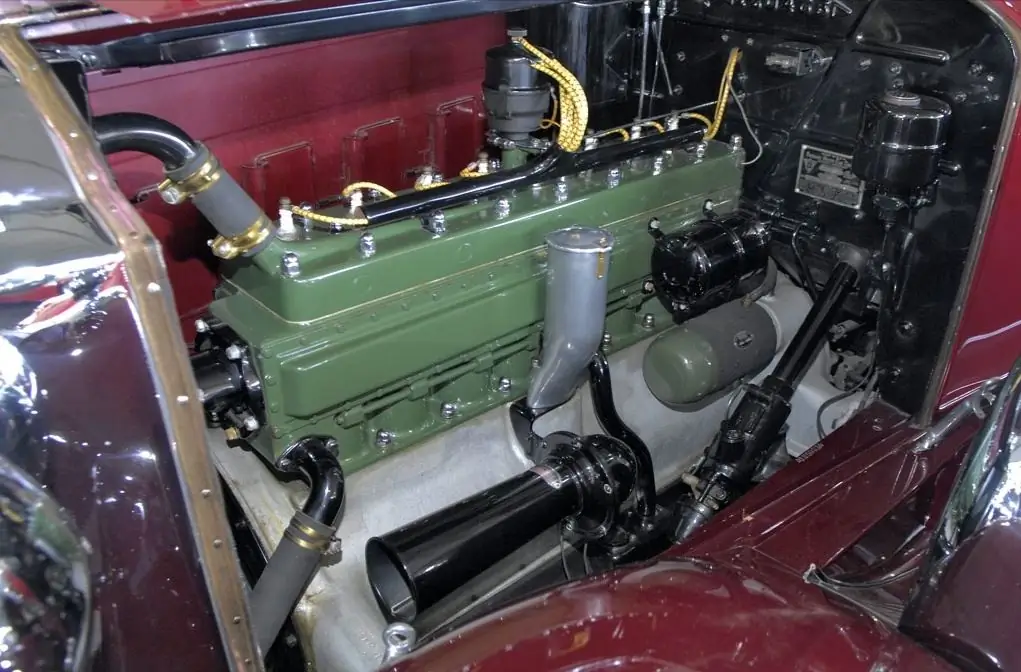
Types
There are several varieties of 12-cylinder engines. They differ only in layout options. These includethe following subspecies:
- V12 - has a v-shaped structure with devices that are placed opposite each other. At the same time, an angle of 60 degrees is observed during installation.
- L12 - has an in-line arrangement of cylinder blocks. The common crankshaft is rotated by pistons. This variation is a combined configuration of a two-stroke and a four-stroke motor. This 12-cylinder diesel engine features a small width with sufficient length. They are not used in mechanical engineering, but only on ships.
- X12 is a power plant with a special cylinder arrangement. They are installed in 3 rows of four. Here the piston also rotates the crankshaft connecting them.
- F12 - it is also called "opposite" because of its unusual configuration. The angle between the blocks is 180 degrees. It is compact and has a low center of gravity. Such a power unit is rarely found in production cars. But it can often be seen on sports vehicles.
Such variety helps designers to experiment with the performance and driving characteristics of vehicles, supplying them with one or another motor.
History
The pioneer in the field of 12-cylinder engines is Daimler Gottlieb, who took advantage of the project of Leon Levavassor. At the end of 1903, similar motors were installed on heavy motor boats and boats from the Société Antoinette company. Prior to this, water vehicles were equipped with four-cylinder engines, so the innovation had a very largesuccess through performance.
Building on the developments of its predecessors, Putney Motor Works produced the first 12-cylinder v-engine in 1904. Subsequently, it has received a wide range of uses.
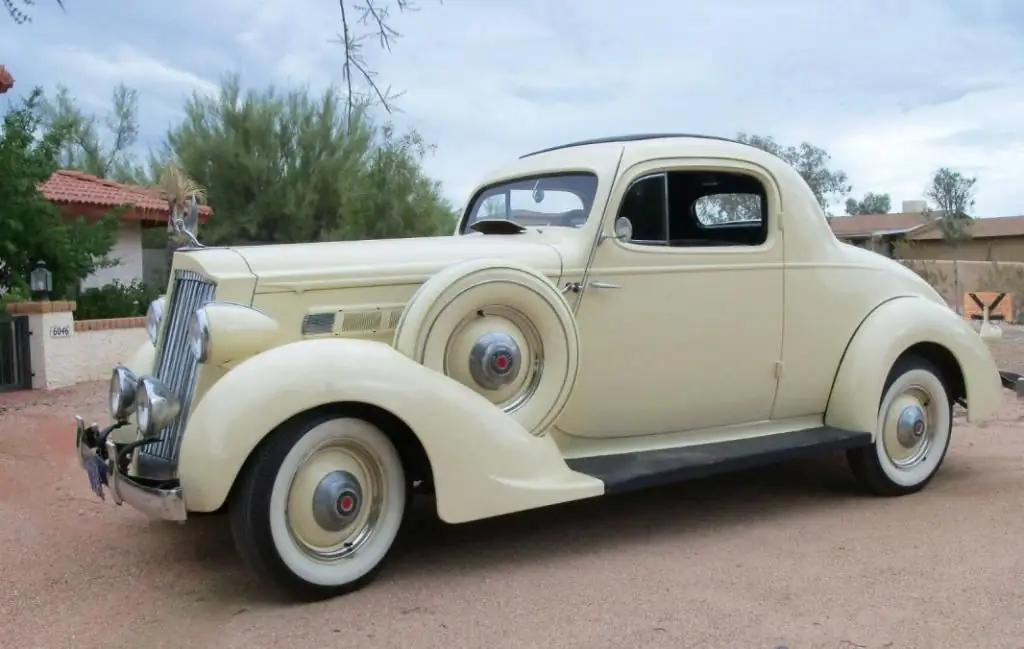
In 1909, an engine for the aviation industry was introduced for the first time. It was released by Renault. It was the first to use air cooling and an arrangement of cylinders that had an angle of 60 degrees. The working volume of the engine was only 12.3 liters with a cylinder diameter of 96 and a piston stroke of 140 mm. A year later, the manufacturer introduced a similar engine in a lightweight version, which was intended for motor boats.
At the beginning of 1912, an improved power unit of 17.5 liters was released, with powerful water cooling. The performance of this device was 130 kW. In a minute, he could develop 1400 revolutions. After that, the designers continued to experiment with the volume and power of the engines.
So in 1913, the lead designer of the Sunbeam Motor Car Company invented a motor of the same configuration for a passenger car. The piston stroke and cylinder diameter were 150 x 80 mm. For the first time, such an engine, with a capacity of 150 kW, was installed on a car called Toodles V. Subsequently, the car was able to set several speed records.
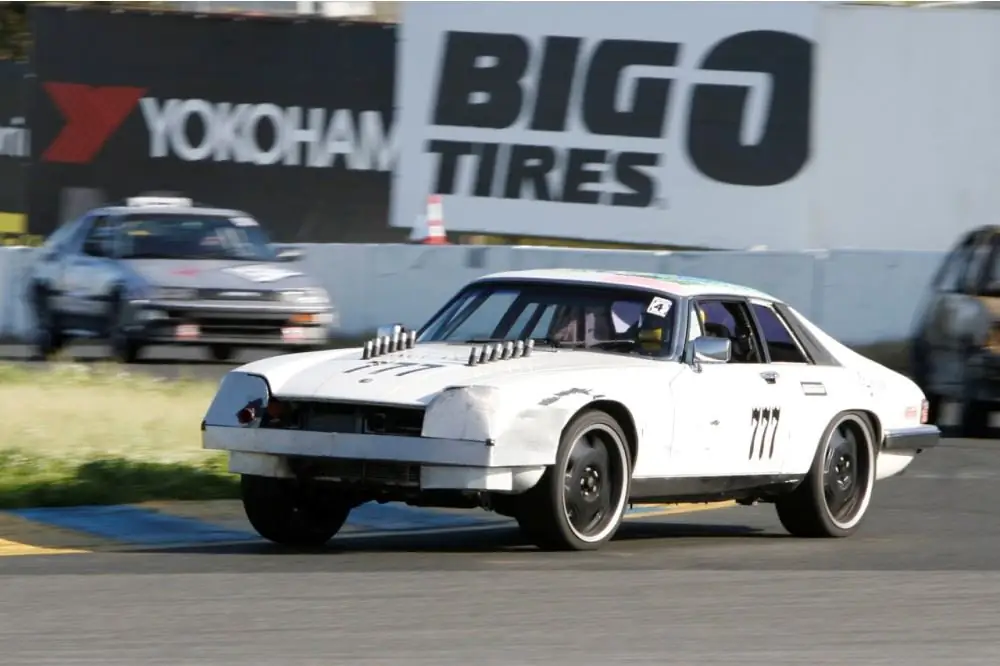
Before the Second World War, 12-cylinder engines were used in the manufacture of military equipment. After a longpost-war period, when many production facilities had to be redeveloped, this design was undeservedly forgotten. However, already in 1972, the Jaguar auto concern demonstrated to the public an X12 engine. The mechanism had a displacement of 5.3 and became quite popular in many countries. Its production did not stop until 1996. Despite the fact that more advanced power plants have now been released, these devices are very popular with designers.
Working order
On a 12-cylinder engine, "order of operation" implies a specific starting sequence. This process is responsible for how the cycles of the same name alternate, in which they are connected by a single crankshaft. Several different reasons affect the order of work. These include factors such as:
- camshaft structure;
- location of cylinders inside the power plant;
- a kind of crankshaft.
The operation of a 12-cylinder engine is largely dependent on the gas distribution phases that make up this process. Their sequence should be distributed in proportion to the force of influence on the crankshaft. According to the scheme, cylinders that operate in series should not be located in adjacent places. Regardless of the type of motor that differs in the type of cylinder arrangement, work begins with the main device numbered 1.
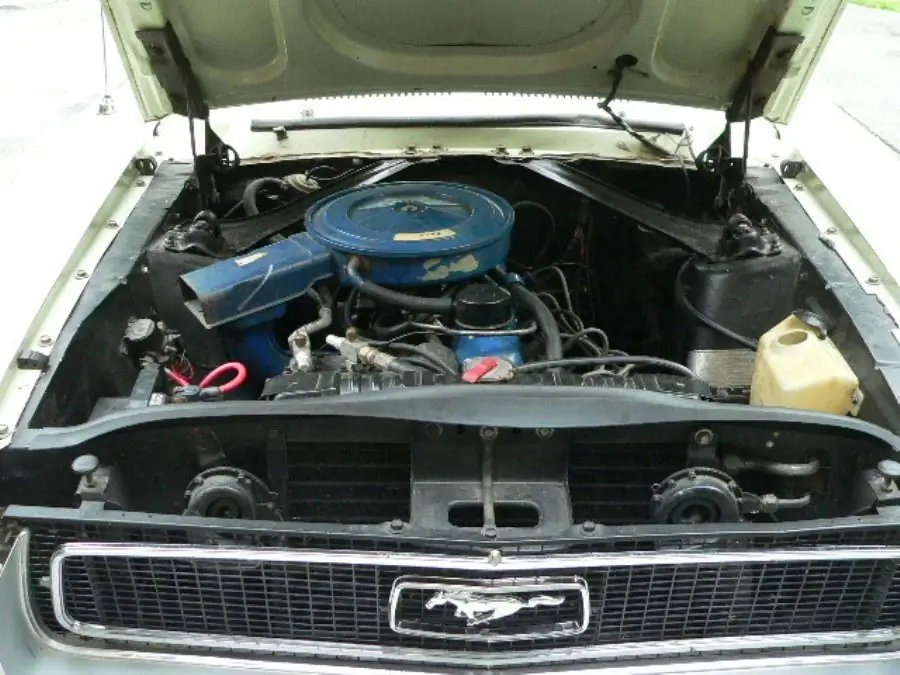
For example, the duty cycle starts from the first cylinder. After the crankshaft makes a turn equal to 90 degrees, the work of the 5th mechanism begins,the cycle is then run sequentially in other blocks. If the engine is set up correctly, it will run more smoothly and smoothly than a six- or eight-cylinder.
Where it is installed
In addition to water and air transport, a twelve-cylinder power unit is installed on modern foreign cars - Lamborghini and Ferrari. In Russia, W12 engines from the Volkswagen concern are more common. Recently, such power plants began to be produced at a plant in the city of Barnaul. They took a pre-war V12 diesel engine as a basis. They put such motors on different types of diesel locomotives. Another area of application is the drive of compressor and pumping units, drilling rigs.
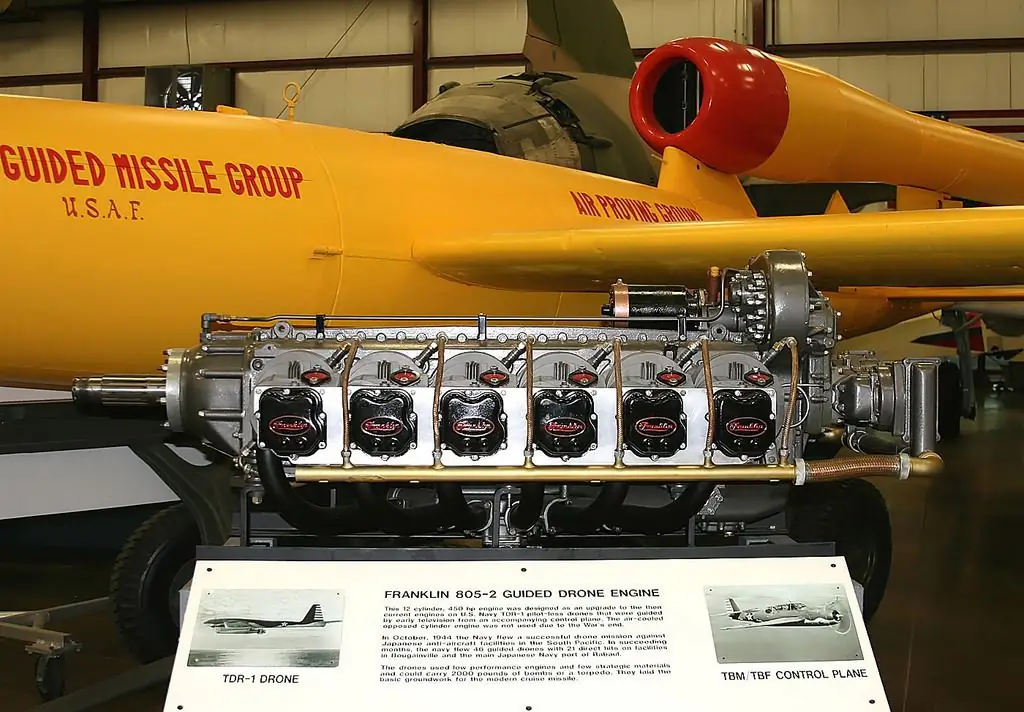
Now in the production of cars, engines with 12 cylinders are produced by such global auto giants as Rolls-Royce, Aston Martin, Ferrari, Pagani Automobili and others. They use the V12 variety as they are best suited for light vehicles.
Service Features
Owners of vehicles with a 12-cylinder engine installed are familiar with the nuances of servicing these devices. They are distinguished by unpretentiousness and long service life.
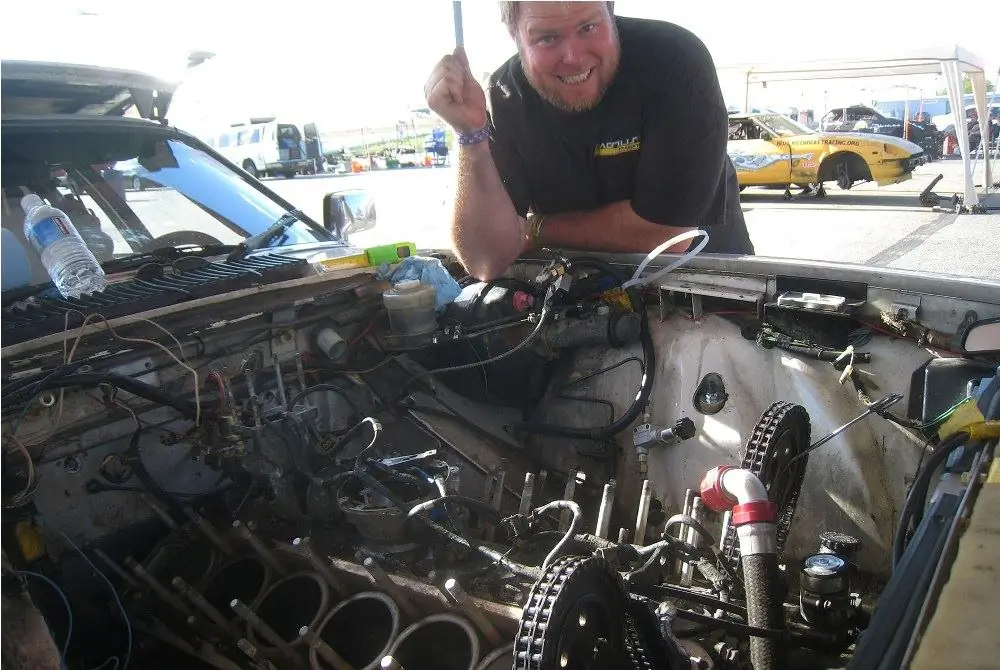
If the adjustment has been made correctly, then the intervention of a professional car mechanic will not be needed until 15-20 thousand km have been completed. After a major overhaul, when the engine is reinstalled, it is necessary to properly adjust the mechanism,if necessary, using the help of professionals.
Reviews
Judging by the information left on the car forums, drivers are completely satisfied with cars with 12-cylinder engines. The reviews posted on these sites are mostly positive. There is a small percentage of negative responses. In them, the owners complain about the complex adjustment of mechanisms and recommend contacting experienced craftsmen so that there are no problems later.
Conclusion
It is unlikely that every driver will begin to delve into the principles and characteristics of a 12-cylinder engine, to study its varieties, but familiarity with this information will be very useful. With the help of this knowledge, the motorist will be able to independently perform the maintenance and adjustment of the mechanisms.
Recommended:
Adjustment of engine valves 4216 "Gazelle": procedure, work technique, necessary tools and expert advice

Car enthusiasts can do without the services of specialized car repair shops if it is necessary to adjust the valves of the 4216 Gazelle engine. Consider how this is done with your own hands in a garage environment
Clutch master cylinder. "Gazelle": device and repair of the clutch master cylinder
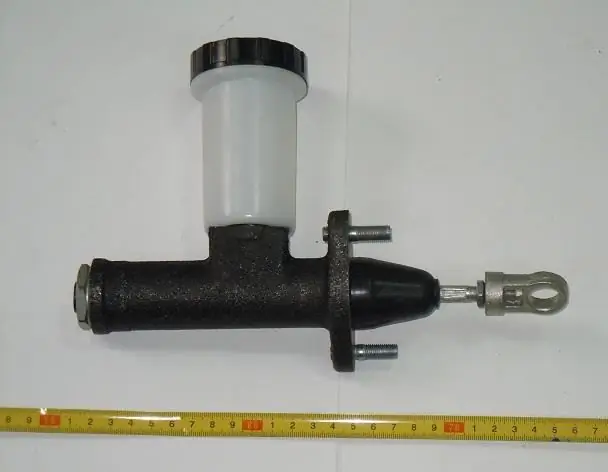
To set the car in motion, it is necessary to transmit torque from the engine to the gearbox. Clutch is responsible for this
Types of car tinting. Car window tinting: types. Toning: types of films

Everyone knows that different types of tinting make the car more modern and stylish. In particular, dimming the windows in a car is the most popular and popular way of external tuning. The whole advantage of such modernization lies in its simplicity and relatively low cost of the procedure
Eight-cylinder (V8) engine: specifications, features

Specifications and features of V8 engines are quite simple. From the history of the first developments to today's powerful V8 engines - just one step
Clutch cylinder VAZ-2107: device, principle of operation, replacement and repair

The use of hydraulic drive in the "seven" is caused by the design features of its clutch. It not only transfers force to the driven disk, but also allows the car to start off smoothly. True, this somewhat complicated the design of the car and its operation. Therefore, it is necessary to know how the VAZ-2107 clutch cylinder is arranged, the principle of its operation and operating features

